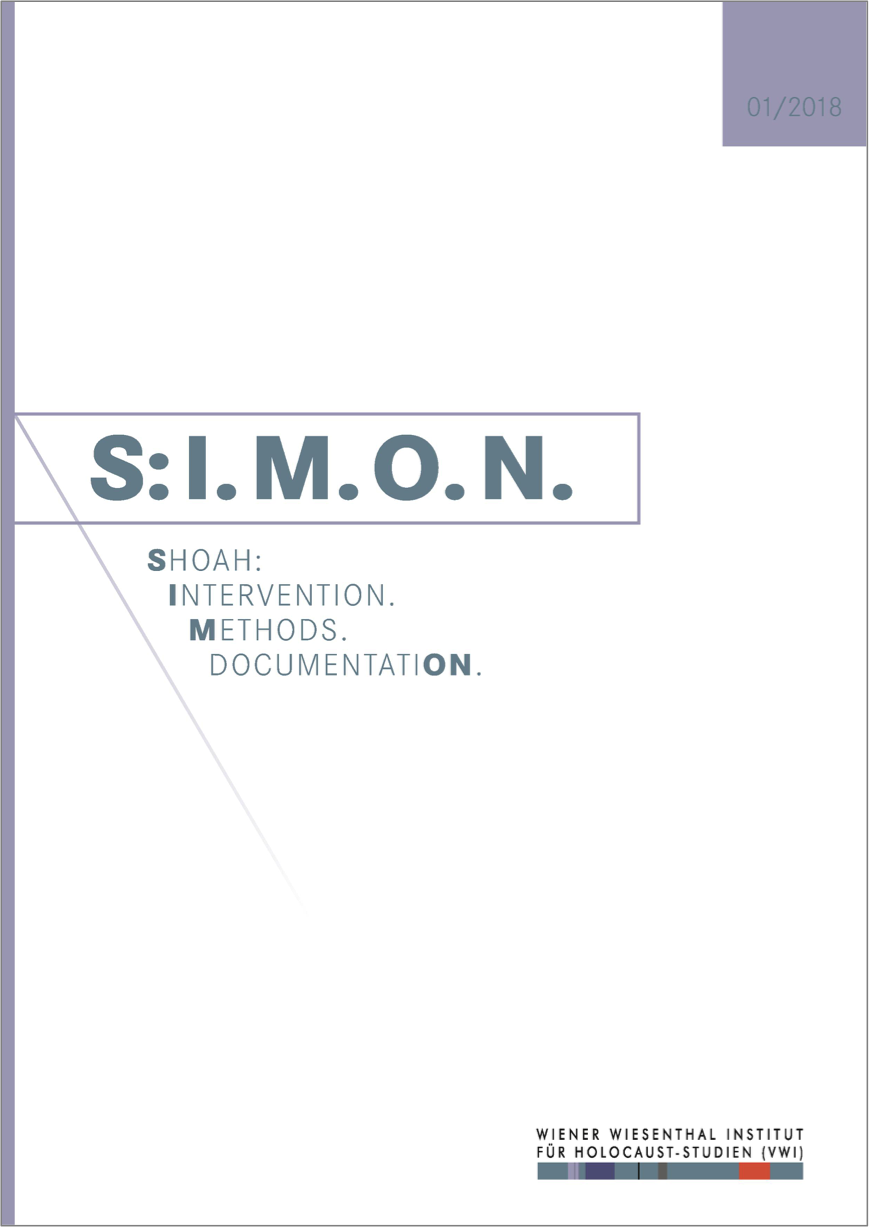Putting History in Its Place - The Spatial Exclusion of Jews in Nazi Berlin, 1933 – 1939
Putting History in Its Place - The Spatial Exclusion of Jews in Nazi Berlin, 1933 – 1939
Author(s): Caroline CormierSubject(s): Jewish studies, Recent History (1900 till today), Interwar Period (1920 - 1939), Fascism, Nazism and WW II, History of Antisemitism
Published by: Wiener Wiesenthal Institut für Holocaust-Studien
Keywords: memory studies; post-war afterlives; German-Jewish interactions; neighborhood;
Summary/Abstract: Drawing on over 150 oral history testimonies and other personal memory sources, this article illustrates how accounts from Holocaust survivors can shed new light on the ways that spaces of everyday life changed for Berlin's Jews under the Nazi regime. By targeting these spaces and slowly demarcating them as 'Aryan' or 'Jewish,' the Nazi regime defined who belonged--and who did not--to the national community (Volksgemeinschaft). Recalling the changes to their immediate spatial environments, including their homes and neighborhoods, Holocaust survivors emphasize that these transformations were highly visible processes, manifested in everyday spaces across Berlin. By engaging with the complex postwar afterlives of these spaces, scholars can put history in its contemporary place - in the neighborhoods, on the streets, and outside the front doors of apartments in the city many German Jews once considered home.
Journal: S:I.M.O.N. Shoah: Intervention. Methods. Documentation.
- Issue Year: 5/2018
- Issue No: 1
- Page Range: 82-99
- Page Count: 18
- Language: English

